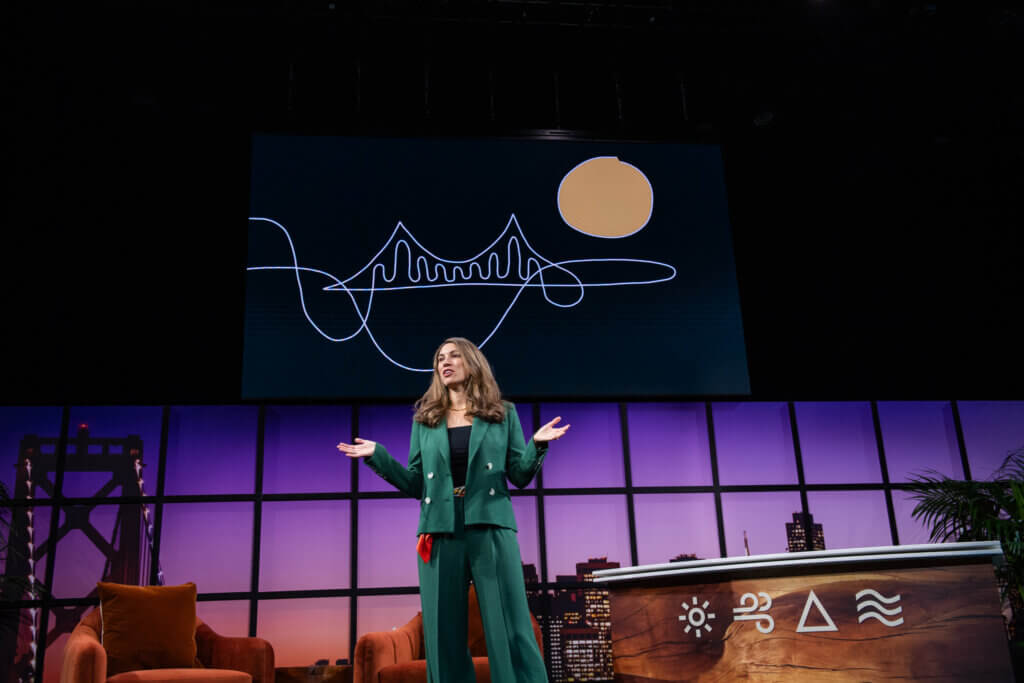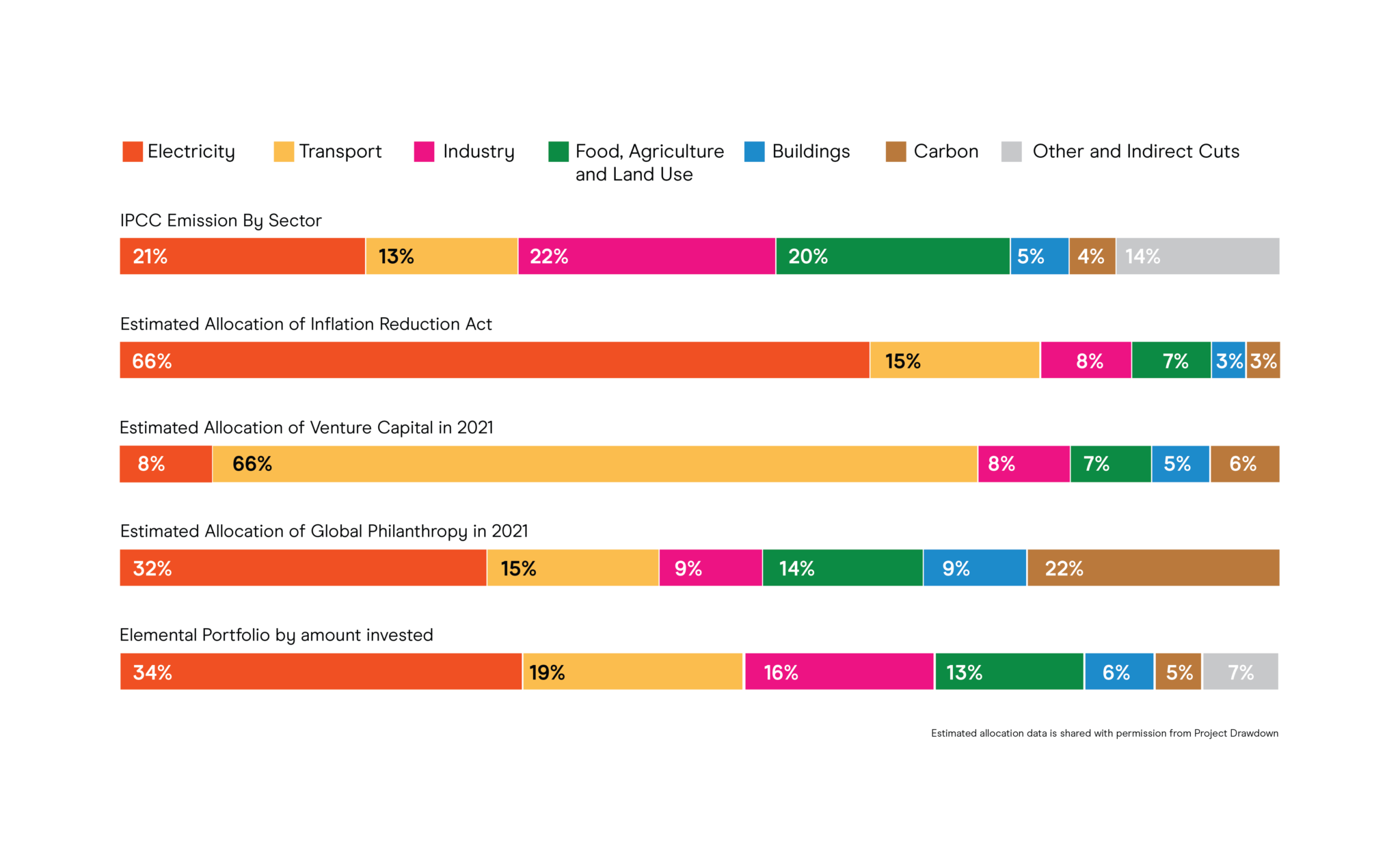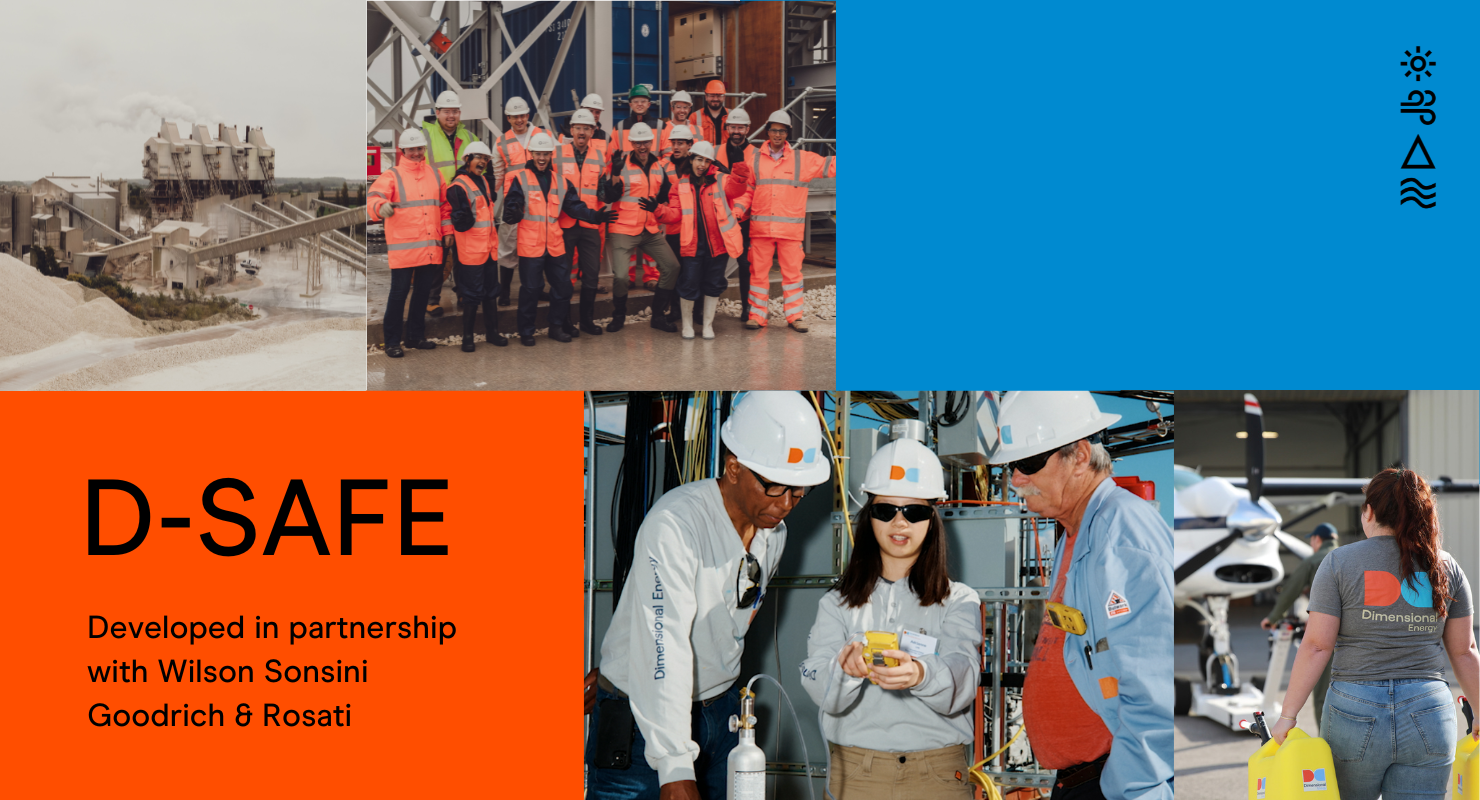
Climate technologies built in the last few years must gain momentum so we can reach emissions reduction targets. Here are three things that will help companies succeed at scale.
On April 4th, Vice President Harris made a historic announcement of $20B from the EPA, creating a national financing mechanism to invest directly in climate solutions with deep community impact through the Greenhouse Gas Reduction Fund. This is the latest in the round of public investments that are just starting to flow to climate companies — but with climate investment dropping 30% last year, these dollars cannot come soon enough.
It is imperative that climate companies built over the last few years continue to grow and gain momentum. Our Earthshot Ventures data team and friends at Vibrant Data Labs analyzed U.S. climate companies operating today and found thousands of early stage climate companies, with 679 started just last year. The influx of talent — and therefore innovation — into the climate sector is undeniable, and unprecedented.
Yet right now, 75% of climate companies fail — and only about 600 are operating at scale — a number that will need to grow into the thousands to meet emissions reduction goals. In fact, 45% of emissions reductions will be delivered by technologies that are not yet at scale.
We can’t afford to lose technologies because of avoidable capital gaps — especially innovation that will deliver tangible community benefits. We must build the bridge to get companies from early stage to commercial success, because our future depends on it.
There are three key elements that will enable thousands more companies to cross this bridge:
1. Catalytic capital is essential for de-risking projects to attract traditional capital and funneling dollars to sectors where it can produce the highest emissions impact.
Our research shows that it will take at least $100B over the next few years to enable companies to bridge the scale gap. Even the very small amount of catalytic capital available now, such as loans and grants, has had an impact — companies that benefit from this capital have a 30% higher success rate (source: Vibrant Data Labs). Catalytic capital is a key ingredient in unlocking capital at scale, in many cases bringing in 10x more capital from traditional sources. Now that’s leverage.
At the same time, there’s a mismatch between where venture capital is going, and where emissions need to be reduced. For instance in transportation, personal mobility has attracted five times more investment than commercial transportation — even though they account for roughly the same amount of overall emissions.
Venture Capital Investment by Sector Compared to GHG Emissions by Sector

The good news is that there is more capital than ever on the other side of the bridge, ready to invest in commercially proven solutions: $121B in private equity ready to fund proven climate infrastructure and in the new $27B Greenhouse Gas Reduction Fund, most of which will go to commercial technologies. There is also the DOE Loan Program Office for mature technologies, and other programs.
Catalytic capital is essential to both bring in traditional capital at scale, and direct dollars to the sectors with the highest emissions impact.
2. Project expertise is essential to companies working to make emissions reduction happen in the real world.
Entrepreneurs are typically great at raising venture capital, developing products, and serving customer needs. This is table stakes to be an entrepreneur. But that’s not enough to make a climate company succeed.
Only 23% of climate companies have teams with specific project expertise (source: Vibrant Data Labs). But we can train this; at Elemental we’ve rolled out services ranging from fractional CFOs to developers in residence to community engagement. These services are just as popular as the capital we provide because they help companies build successful projects as stepping stones to scale.
“Elemental provided the coordination, expertise and guidance to teach our team, show us options and provide opportunities for personal and company growth. It is as if we added a whole public relations, project management, technical, marketing, finance, and policy team to the company.” – Bradley Brennan, Chief Science Officer, Dimensional Energy
3. Community partnership is imperative in this next chapter of climate deployment.
We learned from working on the ground in Hawaii — and now across the U.S. and the globe — that climate tech companies must work with community partners in authentic ways and pay them for their expertise. The Inflation Reduction Act (IRA) requires working with community partners to win funding.
Elemental funding, like funding from the IRA, prioritizes benefits for communities historically left behind. Informed by our Square Partnerships model, 95% of our portfolio companies have worked with community partners, and the vast majority say that community partnership has improved their project outcomes.
It goes to show, working with community partners isn’t altruism — it’s a business imperative.
“Elemental understands that any effort to address climate change will only succeed if the solutions promote social equity and uplift all people. At Shifted Energy, we strive to ensure that everyone can participate in our clean energy future — not only those who can afford it. That guides how we grow our company and we’re so grateful for Elemental’s support in that mission.” — Forest Frizzell, Co-Founder and CEO, Shifted Energy
There is technology ready to be deployed now. At Elemental alone, we have well over 300 projects ready to go. These projects all have real impact attached to them: 300 projects will create 44,000 jobs and reduce more than 200M tonnes of CO2 emissions, nearly equivalent to the annual emissions produced by the state of Florida.
With the climate sector working together to build this bridge and ensure thousands of climate solutions make it from early stage to commercial scale deployment, we can achieve the 45% of emissions reductions that will come from these technologies. Because when we work together, we can do big things.
This article was adapted from a speech at Elemental Interactive 2024, our annual event focused on scaling climate solutions with deep community impact.




